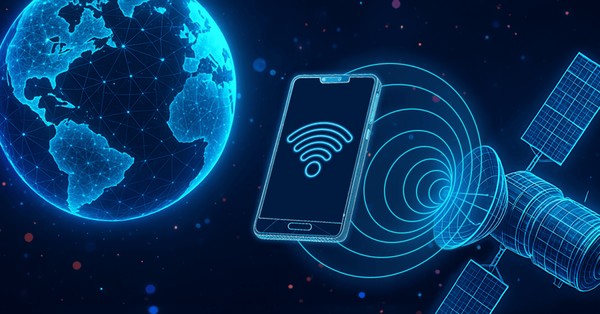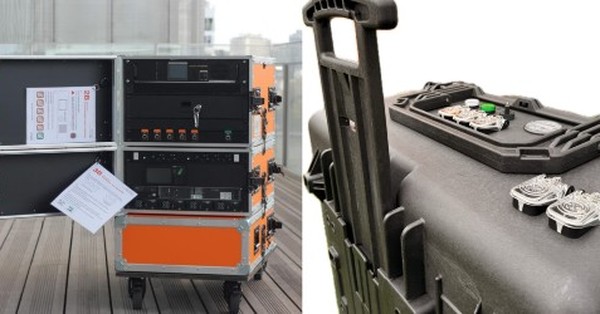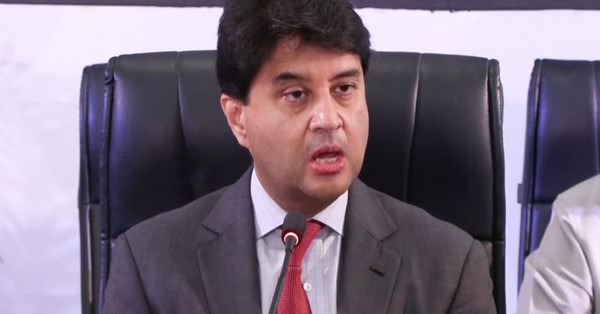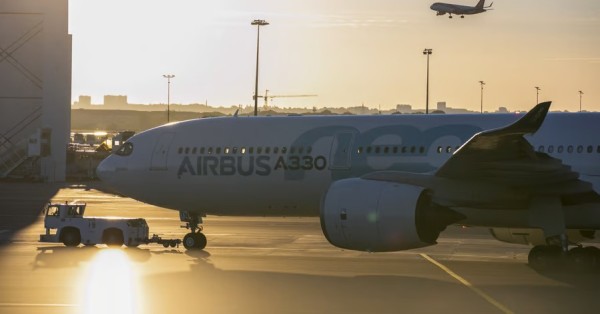In a major milestone for mobile connectivity, Rakuten Mobile and AST SpaceMobile have successfully conducted the first video call in Japan using standard, unmodified smartphones connected through a low Earth orbit (LEO) satellite. This breakthrough sets the stage for Rakuten’s upcoming “Rakuten Saikyo Satellite Service,” aiming to bring reliable communication to some of Japan’s most inaccessible areas.
Japan’s First Satellite Smartphone Call Achieved by Rakuten Mobile
The successful call, completed in April 2025, was made possible through AST SpaceMobile’s LEO satellite network and Rakuten Mobile’s infrastructure. Radio signals were transmitted from a Rakuten ground station in Fukushima to a BlueBird Block 1 satellite, which relayed the connection to a smartphone located in Tokyo. The test used a standard communication app, with no smartphone modifications required.
The event was conducted under a preliminary license, and Rakuten Mobile intends to continue testing as it works toward full regulatory approval.
Rakuten’s Satellite Ambitions: Launch Expected in Late 2026
Rakuten Mobile is preparing for a full-scale commercial launch of its satellite-to-mobile broadband service in Q4 2026. The service, powered by AST SpaceMobile’s growing constellation of LEO satellites, will offer voice, video, and text communications without requiring users to change or upgrade their devices.
Rakuten CEO Hiroshi Mikitani confirmed that the service aims to cover hard-to-reach regions, including mountains and islands, as well as areas affected by natural disasters. While the frequency band and pricing structure are still under consideration, Mikitani emphasized the importance of making the service accessible during emergencies, even for users on other networks.
Expanding Mobile Coverage in Japan’s Remote and Mountainous Areas
Japan’s mobile networks are among the most advanced globally in urban areas. However, due to the country’s mountainous terrain and many remote islands, mobile coverage still leaves nearly 30% of the territory underserved. This gap presents a challenge for network expansion using traditional base stations.
“Constructing towers in these locations is difficult and expensive,” said Mikitani. “With satellite connectivity, we can extend reliable service across all of Japan—especially during natural disasters, when communication is critical.”
AST SpaceMobile’s BlueBird Satellites Enable Direct-to-Phone Connectivity
AST SpaceMobile’s satellites are designed for direct connectivity with mobile phones, setting them apart from satellite networks like Starlink. The BlueBird satellites span roughly 64 square meters, allowing them to deliver higher bandwidth and broader coverage. This architecture enables them to provide real-time, low-latency broadband services directly to smartphones, unlike satellite systems that rely on intermediary devices.
AST launched its first five BlueBird satellites in September 2024 and plans to deploy up to 60 new-generation satellites in 2025 and 2026 through a launch agreement with BlueOrigin.
Rakuten and AST SpaceMobile: Global Satellite Partnership Expands Reach
Rakuten has been a strategic investor in AST SpaceMobile since 2020 and currently owns a 15% stake. AST’s other major partners include AT&T, Vodafone, and Verizon, all of whom share the goal of closing the digital divide.
To date, AST has signed agreements with over 40 mobile network operators, representing nearly 3 billion mobile subscribers worldwide. These partnerships strengthen its case for deploying a truly global satellite-to-mobile broadband network.
Satellite Network Aims to Boost Emergency Communication and Access
One of the service’s standout goals is to function as a resilient communication platform during emergencies. Mikitani highlighted that Rakuten’s satellite network could serve as a “holding product” for users in regions waiting for fiber rollout or as a backup during disaster recovery.
“We’re committed to democratizing mobile access,” said Rakuten Group Chairman and CEO Mickey Mikitani. “This technology allows us to bring communication to people, regardless of where they are or what situation they’re in.”
Testing and Licensing Underway for 2026 Satellite Service Rollout
Rakuten Mobile plans to secure a full experimental license and conduct further testing throughout 2025. The company is evaluating whether to use Japan’s 700MHz platinum band or 1800MHz spectrum for the commercial rollout. Final decisions on frequency and pricing are expected in 2026, closer to the official launch.
Key Takeaways
- First in Japan: Rakuten Mobile and AST SpaceMobile completed Japan’s first broadband satellite video call using regular smartphones.
- Commercial Launch Timeline: The full launch of Rakuten’s satellite mobile service is planned for Q4 2026.
- No Special Hardware Needed: The system works with unmodified smartphones, using standard apps and interfaces.
- Coverage Expansion: Targets remote, mountainous, and disaster-prone regions that traditional networks struggle to reach.
- Disaster Resilience: Service will be available even during network outages, potentially to users on other mobile networks.
- Spectrum and Pricing TBD: Rakuten is still evaluating which frequency to use and how the service will be priced.
- Global Partnerships: AST SpaceMobile has partnered with more than 40 global telecom providers, making this a truly international initiative.
With this successful demonstration, Rakuten Mobile and AST SpaceMobile are positioning Japan at the forefront of satellite-based mobile innovation, offering a glimpse into the future of universal connectivity.








































